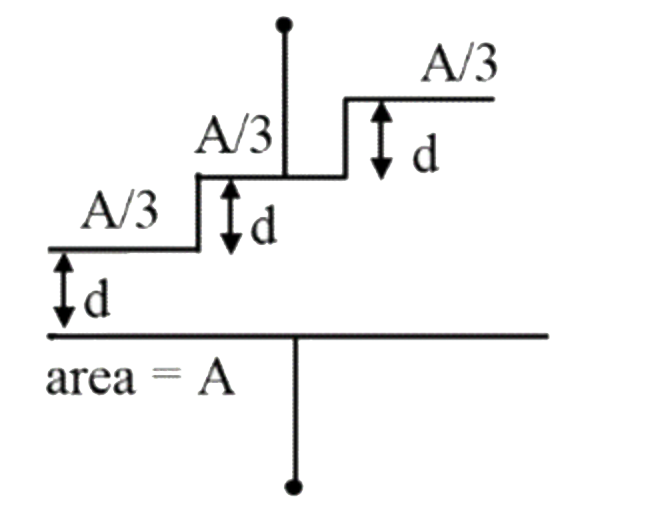RBCs have biconcave, disc-like structure and they are tiny and flexible. Give reason.
Step-by-Step Solution:
1. Definition of RBCs: Red Blood Cells (RBCs) are the cells in our blood responsible for transporting oxygen from the lungs to the rest of the body and returning carbon dioxide from the body back to the lungs.
2. Shape of RBCs: RBCs have a biconcave, disc-like structure. This means they are shaped like a doughnut without a hole, which provides them with a unique form.
3. Reason for Biconcave Shape: The biconcave shape increases the surface area of the RBCs. A larger surface area allows for more efficient absorption and transport of oxygen. This is crucial because the primary function of RBCs is to carry oxygen to tissues and organs.
4. Flexibility of RBCs: RBCs are tiny and flexible, which allows them to squeeze through narrow capillaries (the smallest blood vessels in the body). This flexibility is essential for their movement through the circulatory system, ensuring that oxygen can be delivered to all parts of the body.
5. Summary: The biconcave shape and flexibility of RBCs are adaptations that enhance their ability to transport oxygen efficiently throughout the body.
---
Topper's Solved these Questions
- BOOK - PEARSON IIT JEE FOUNDATIONCHAPTER - LIFE PROCESSES IN HUMAN BEINGS - II (RESPIRATORY AND CIRULATORY SYSTEMS)EXERCISE - MASTERING THE CONCEPTS (Assertions and Reasons)9videos
LIFE PROCESSES IN HUMAN BEINGS - II (RESPIRATORY AND CIRULATORY SYSTEMS)
- BOOK - PEARSON IIT JEE FOUNDATIONCHAPTER - LIFE PROCESSES IN HUMAN BEINGS - II (RESPIRATORY AND CIRULATORY SYSTEMS)EXERCISE - ASSESSMENT TESTS31videos
LIFE PROCESSES IN HUMAN BEINGS - II (RESPIRATORY AND CIRULATORY SYSTEMS)
- BOOK - PEARSON IIT JEE FOUNDATIONCHAPTER - LIFE PROCESSES IN HUMAN BEINGS - II (RESPIRATORY AND CIRULATORY SYSTEMS)EXERCISE - MASTERING THE CONCEPTS (Knowledge and Understanding)35videos
LIFE PROCESSES IN HUMAN BEINGS - II (RESPIRATORY AND CIRULATORY SYSTEMS)
- BOOK - PEARSON IIT JEE FOUNDATIONCHAPTER - LIFE PROCESSES IN HUMAN BEING-I (DIGESTIVE AND EXCRETORY SYSTEMS)EXERCISE - ASSESSMENT TESTS (ANSWER THE QUESTIONS)7videos
LIFE PROCESSES IN HUMAN BEING-I (DIGESTIVE AND EXCRETORY SYSTEMS)
- BOOK - PEARSON IIT JEE FOUNDATIONCHAPTER - LIFE PROCESSES IN PLANTSEXERCISE - ASSESSMENT TESTS (ANSWER THE FOLLOWING QUESTIONS)14videos
LIFE PROCESSES IN PLANTS
Similar Questions
Knowledge Check
- Question 1 - Select One
Identify the teeth which have chisel-like structures which help in cutting and biting the food.
ACaninesBIncisorsCPremolarsDMolars - Question 2 - Select One
A capacitor is made of a flat plate of area A and a second plate having a stair-like structure as shown in the diagram . The capacitance of the arrangement is -
 Aε0AdB1811ε0AdC1118ε0AdDε0A3d
Aε0AdB1811ε0AdC1118ε0AdDε0A3d - Question 3 - Select One
You examine a 1 inch tall plant you collected in the woods. This plant was the part of a several square feet mass of similar small plants. It is very flexible and does not easily stand upright by itself. Upon examining the tiny flat leaf-like structures of this plant, you see no veins. There is no evidence of seeds, but at the end of a little stalk on the end of the plant, there is some sort of spore-bearing structure.Which of the follwowing groups does the above plant likely to belong?
AAngiospermBGymnospermCFernDBryophyte
Higher animals like mammals do not have a specific mating season like birds. Give reason.
View SolutionArthropods have mosaic vision. Give reason.
View SolutionArthropods have mosaic vision. Give reason.
View SolutionDo you like this poem? Give two reasons?
View SolutionThe Tropical regions are likely to have more biological diversity than the Temperate ones. Give two reasons to justify the statement.
View Solution
